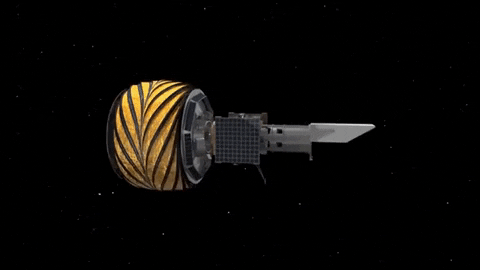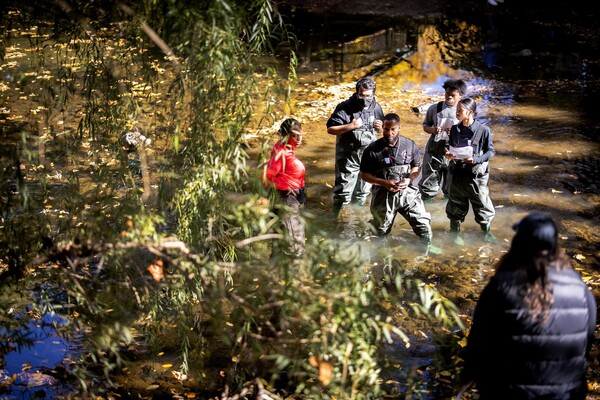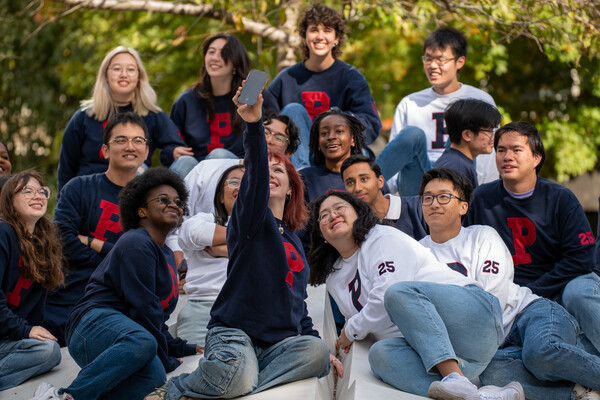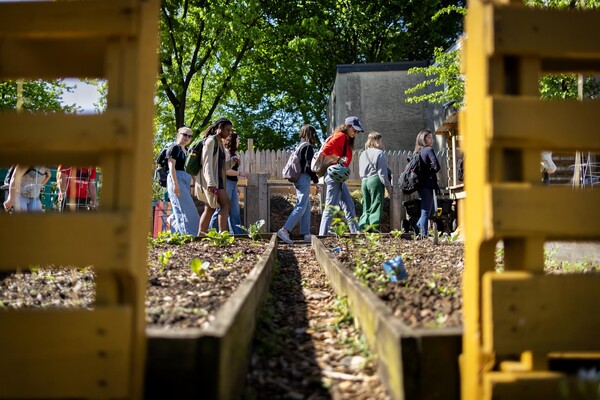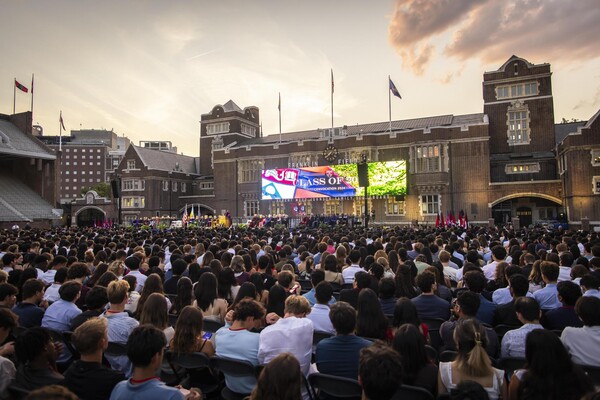
Senior Alex Ulin spent the past two summers working as an intern at the California Institute of Technology’s Jet Propulsion Laboratory (JPL). Inspired by her experience at the NASA-contracted field center, the physics major from Los Angeles is working towards a career where she can lead teams of scientists and engineers and help them solve complex aerospace challenges.
Nestled in the foothills of Southern California’s San Gabriel Mountains, JPL is a 177-acre research campus dedicated to research and development projects for NASA, working on everything from microprocessors to the Mars Curiosity rover. Ulin was initially attracted to the internship program while looking for summer opportunities with space-based companies. She was encouraged to see that JPL was specifically looking for physics majors, one of the few companies to do so, and she joined the internship program at the end of her sophomore year.
Ulin kicked off her JPL experience working on the Starshade project, an effort that is dedicated to helping researchers find planets beyond Earth’s solar system. The galaxy contains billions of stars, many of which might be orbited by exoplanets, but finding and studying these distant objects are difficult because they are so much fainter than the stars they orbit around.
“It’s like when a plane flies in front of the sun. You want to see the plane, but you can’t because the sun is blinding it,” Ulin explains. “So you put your hand up to block the light.”
The Starshade project seeks to do just that: Using a massive sunflower-shaped shield that folds into a rocket ship, akin to origami, the shade can be deployed in front of a space-based telescope to block a star’s light. Ulin’s project involved looking for ways to cut the nanometers-thin sheets of metal, which have to fit perfectly together in order to fold and unfold together in space.
While Ulin enjoyed working on the Starshade project, her involvement in another project for JPL’s architecture team inspired her to explore the development side of aerospace research. Known as the A-team, the group provides support for early-stage projects and prototypes by bringing together researchers and experts from vastly different areas of expertise to speak to one another about what they do or what challenges they are facing. Ulin reached out to the A-team coordinator to see if she could work with this group the following summer.
“It was so much fun,” she says about her experience during her second summer at JPL. “I got to develop and facilitate my own study, a mission to an exoplanet, and I got to pick interns from all over JPL to participate.”
As a member of the A-team Ulin was able to see firsthand how scientists are focused on unstructured ideas that help them figure out what they can do, while engineers are focused on technical limitations and considerations. She emphasizes that both fields are needed in order to solve challenges. “Physics is what restricts engineering, but engineering is what makes physics possible,” she says.
After seeing the importance of interdisciplinary communication and collaboration, as well as the need to have people on a team who are able to help foster ideas from napkin drawing to ready-to-launch prototype, she’s now hoping to find a career where she can help facilitate projects that involve both physicists and engineers. To achieve this goal, she is planning to earn a master’s in systems engineering, for which she says her degree in physics has prepared her well.
“Physics is easily the most important part of the brainstorming process. You cannot move past Phase 1 if you are defying any law of physics,” she says. “But by far the best thing about a physics degree is that you learn how to problem solve really well. It’s a good degree to get as a fundamental foundation.”




